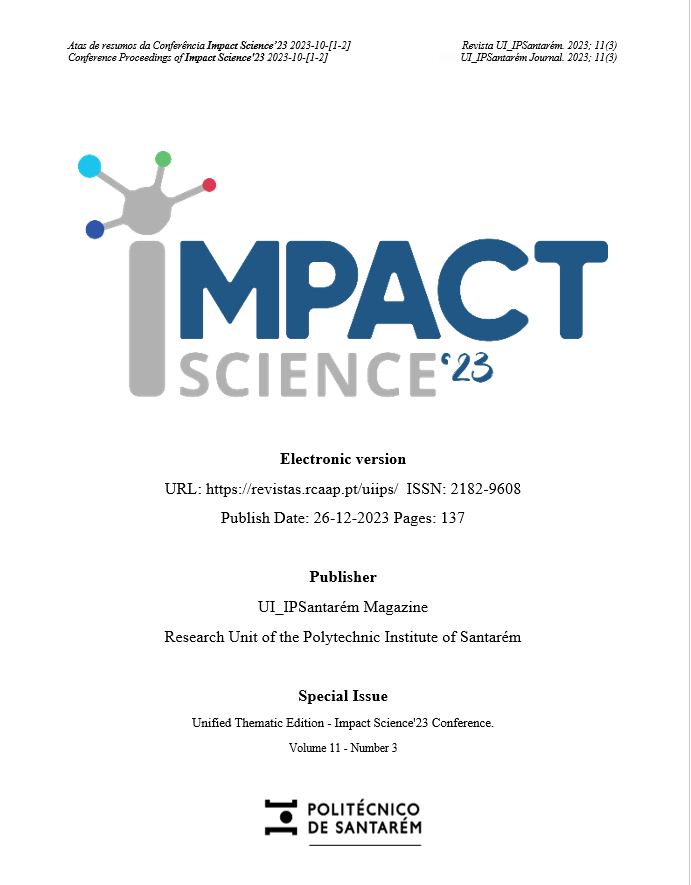Sponsorship effectiveness in athletics racing: evaluating brand recognition among runners
DOI:
https://doi.org/10.25746/ruiips.v11.i3.32508Keywords:
athletics races; brands recognition; sponsorship effectiveness; sport events.Abstract
Private funding of sport through sponsorship has seen remarkable increases, such that corporate investment in sponsorship worldwide has exceeded US$65 billion (IEG, 2018). In sport, running is perhaps the most popular and convenient physical activity. Increasing brand awareness is one of the main objectives for sponsoring companies. Most of the research on sponsorship has been developed on spectators and not from the perspective of participants, in our case runners. It is therefore important to evaluate the effectiveness of sponsorship and corporate investments.
The purpose of the study was to determine the brand recognition rates of sponsors between the runners of the Scalabis Night Race.
A sample of 736 runners from one of the most popular athletics races in Portugal answered a questionnaire, from which a convenience sample was constituted. The selection of this race was carried out according to the following criteria: (1) all runners can be considered with leisure objectives and competitive objectives and (2) the event had several co-sponsors, which facilitated the study methodology and measurement of the sponsors' brand awareness Sponsor brand recognition which corresponds to the assisted awareness of the sponsor's name was measured through a list of 10 brands, containing five true sponsors and five non-sponsors (dummy sponsors). Participants were asked to identify which brands were sponsors of the race and which were not. Responses were also scored from 0 to 10, but were based on the number of brands correctly identified as sponsors and non-sponsors by participants. The use of this procedure to assess sponsorship recognition has previously proved to be appropriate in sporting settings (e.g. Biscaia et al., 2014; Walsh et al., 2008). The average recognition rate for sponsors was 76.5%. The brands of the true sponsors in all product categories showed higher recognition rates when compared to the recognition rates of the false sponsors, these differences being statistically significant. Relevant results were found expressed by the high recognition rates of local brands (Bijou, Taberna Quinzena and WShopping), these differences being statistically significant, despite the fact that most of the runners have a national origin.
The results showed an average brand recognition rate of 76.5% (total number of sponsors' brands correctly identified) and an average brand recognition error rate of 46.1% (total number of sponsors' brands incorrectly identified). Recognition rates ranged from 94.7% to 58.7%. All 5 true sponsor brands were recognized by 37.3% of runners, more than half of the sponsor brands (3 out of 5) were recognized by 70.8% of runners, and only 1.1% of runners did not recognize any of the true race sponsors.
The two sponsor brands with the highest levels of recognition were WShopping (94.7%) and Taberna Quinzena (81.3%). The two sponsoring brands with the lowest levels of recognition were Repsol (67.3%) and Volkswagen (58.7%). True sponsors obtained higher recognition rates than false sponsors.
The sponsorship of the athletics race mass participation-based sport is an impressive tool to raise sponsors brand awareness.
Downloads
Published
How to Cite
Issue
Section
License
Copyright (c) 2023 Alfredo Silva

This work is licensed under a Creative Commons Attribution-NonCommercial-NoDerivatives 4.0 International License.
Authors publishing in this journal agree to the following terms:
Authors retain copyright and grant the journal the right of first publication, with the article simultaneously licensed under the Creative Commons Attribution License that allows sharing of the work with acknowledgement of authorship and initial publication in this journal.
Authors are permitted to enter into additional contracts separately for non-exclusive distribution of the version of the article published in this journal (e.g., publish in an institutional repository or as a book chapter), with acknowledgment of authorship and initial publication in this journal.
Authors have permission and are encouraged to publish and distribute their work online (e.g., in institutional repositories or on their personal webpage) at any point before or during the editorial process, as this may generate productive changes, as well as increase the impact and citation of the published work.



